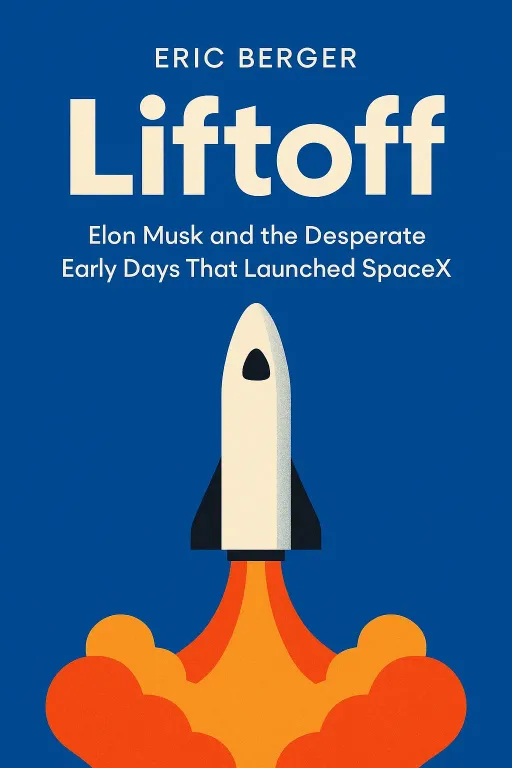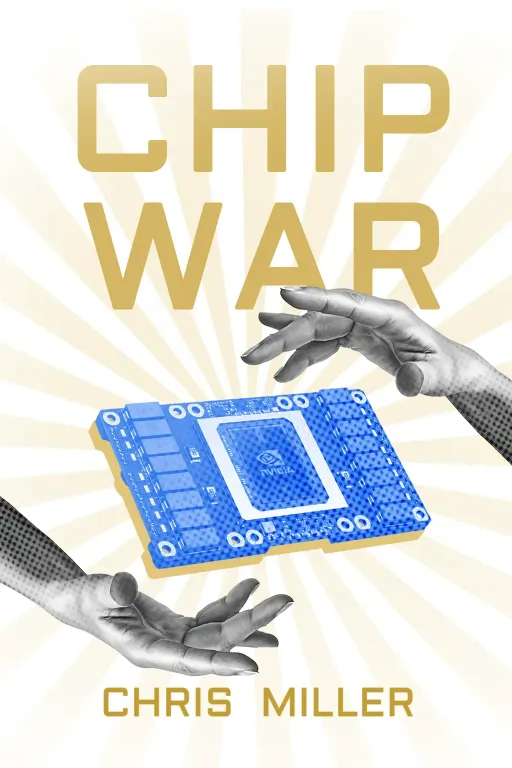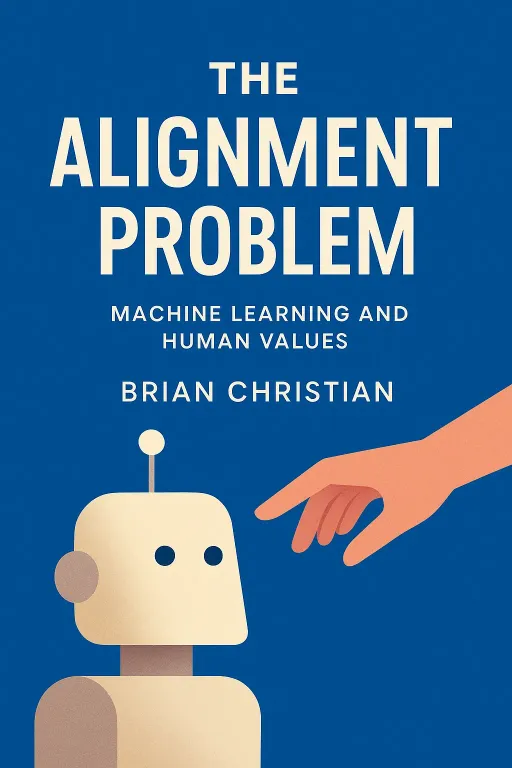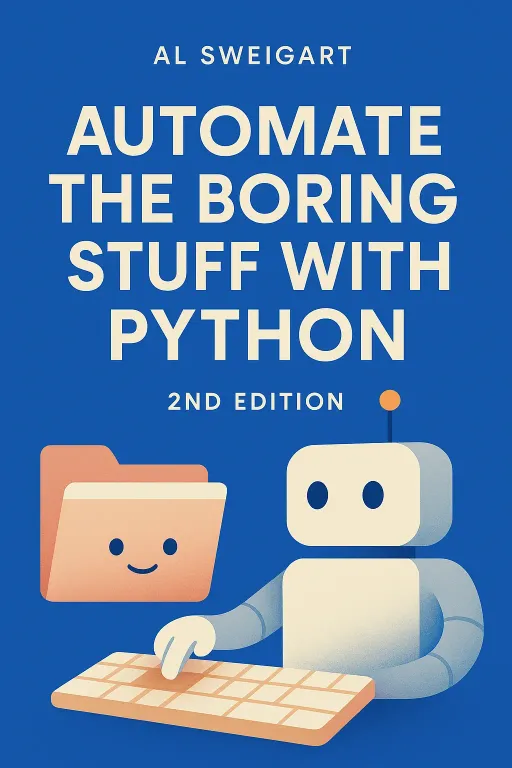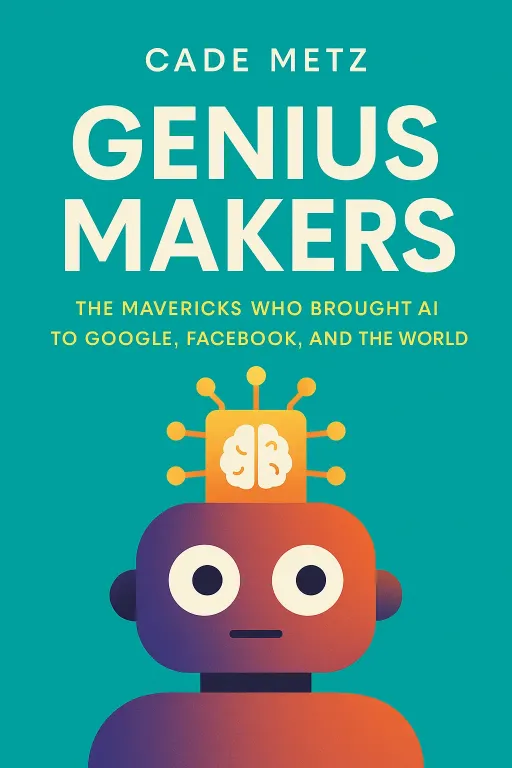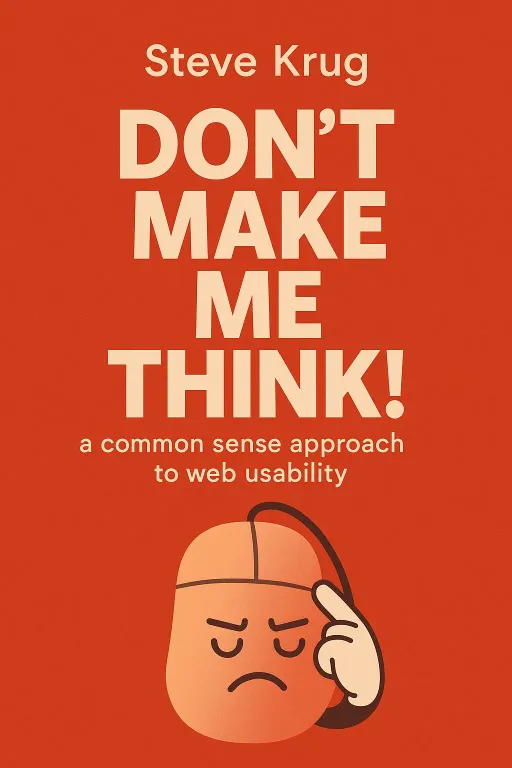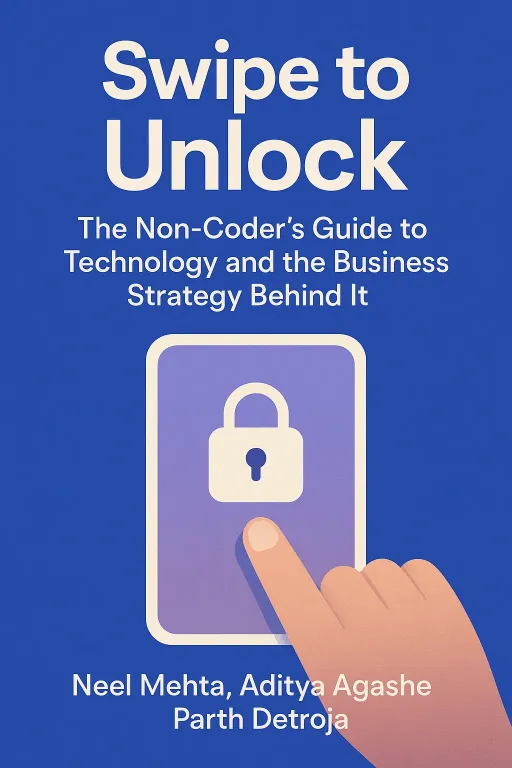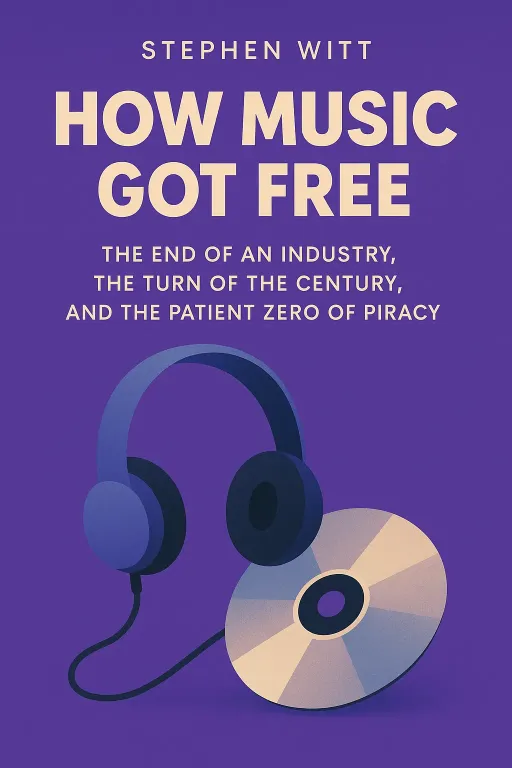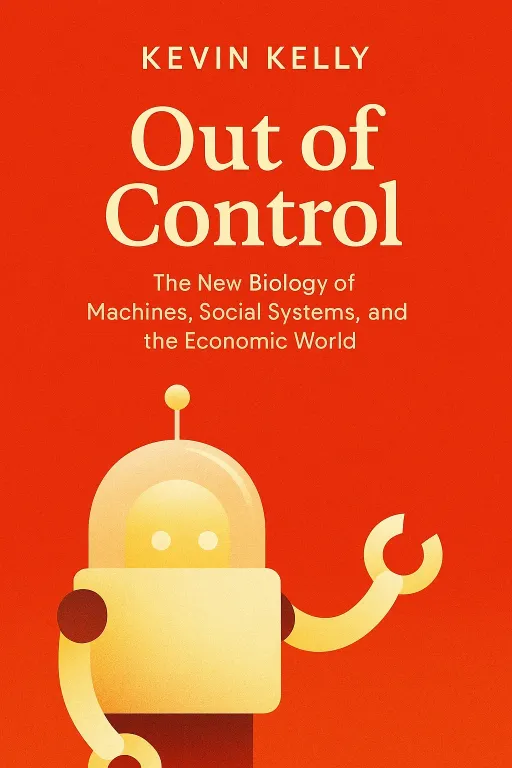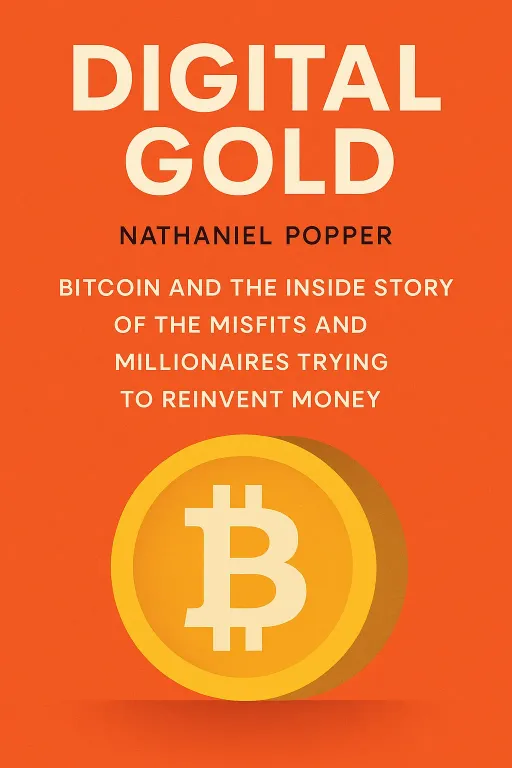
The First Draft of Digital Money: A Product Manager's Guide to Bitcoin's Origin Story
14 minGolden Hook & Introduction
SECTION
Albert Einstein: Imagine you want to invent a new form of money. A truly global, digital currency. But you have a few... constraints. You have no company, no office, no employees, and no CEO. In fact, you don't even have a real name. How on earth do you launch that product? That's the puzzle at the heart of Bitcoin, and our guide to solving it today is Nathaniel Popper's book, "Digital Gold."
Albert Einstein: We're going to look at this not as investors, but as builders. And to help us, we have hliospppp, a veteran Product Manager from the tech world with over fifteen years of experience building things people use. Welcome, hliospppp.
hliospppp: Thanks for having me, Albert. It's a fascinating story, and that question you posed is one that every startup founder, in a way, has to answer. But this is the most extreme version I've ever heard.
Albert Einstein: Exactly! It’s a story of misfits and millionaires, and it’s more human than you might think. Today we'll dive deep into this from two perspectives. First, we'll explore the 'Minimum Viable Product' of Bitcoin—the pure, ideological vision of its creators and first users. Then, we'll discuss the chaotic collision with reality, where explosive growth, unintended use cases, and catastrophic failures like Mt. Gox defined its adolescence.
hliospppp: I love that framing. The vision versus the messy reality. That’s the daily life of a product manager.
Deep Dive into Core Topic 1: The Genesis: Bitcoin's Ideological 'MVP'
SECTION
Albert Einstein: So, let's go back to the very beginning. The book paints a wonderful picture. It's January 2009. The world is still reeling from the 2008 financial crisis. Banks are seen as both too big to fail and fundamentally untrustworthy. And in this environment, a respected programmer named Hal Finney, who was part of a group of privacy advocates called the Cypherpunks, receives an email.
hliospppp: From the ghost himself, Satoshi Nakamoto.
Albert Einstein: Precisely. A complete unknown. Satoshi had just published this elegant nine-page white paper and released the first version of the Bitcoin software. Hal Finney, being curious, downloaded it. He was one of the only people in the world to do so. He started running the software, and just a few days later, on January 12th, 2009, he received ten bitcoins from Satoshi. It was the first-ever Bitcoin transaction between two people.
hliospppp: It's incredible to think about that moment. It's not like he was buying something. The bitcoins were worthless. The act itself was the entire point.
Albert Einstein: Yes! The book describes Finney's excitement. He wasn't thinking about getting rich. He was a man who had long dreamed of a digital cash system that didn't rely on governments or banks. For him, seeing this transaction happen, seeing the code, was the realization of a decades-long ideological quest. It was proof that it was possible.
hliospppp: You know, from a product perspective, this is the ultimate 'early adopter' story. In tech, we spend millions trying to find our 'Hal Finney.' This is a user who is so aligned with the core mission of your product that they're willing to be part of the experiment. They're not just a consumer; they're a co-conspirator in the vision.
Albert Einstein: A co-conspirator! I love that. So, in your view, was Bitcoin even a 'product' at this point? It did almost nothing.
hliospppp: I would call it a 'Minimum Viable Product,' but the 'P' could stand for 'Principle' not 'Product.' The core feature wasn't just 'send money.' It was 'send money.' That was the entire feature set. And for that very specific, very niche user persona—the cypherpunk, the libertarian, the person deeply distrustful of the existing system—that single feature was everything. It was enough to get them to install weird software and dedicate their computer's processing power to it.
Albert Einstein: So the product wasn't the coin, it was the decentralization.
hliospppp: Exactly. The product was the promise. The product was the principle. Everything else was just implementation details. And they found their first ten users, then their first hundred, not with marketing, but by having a 'why' that was so powerful it created its own gravity. It's a lesson in building a community before you even have a business.
Albert Einstein: A community built on a shared secret, almost. The secret being that a different kind of system was possible.
hliospppp: And that's a powerful foundation. But as we know, foundations get tested when you start building on top of them.
Deep Dive into Core Topic 2: The Collision: Uncontrolled Growth and Catastrophic Failure
SECTION
Albert Einstein: Ah, a perfect transition. Because a product built on pure principle can't stay in the lab forever. It has to meet the real world. And for Bitcoin, that moment was less philosophical and much more... greasy. It involved two pizzas.
hliospppp: The famous Bitcoin Pizza Day.
Albert Einstein: Indeed. In May 2010, as the book recounts, a programmer named Laszlo Hanyecz offered 10,000 bitcoins to anyone who would order him two pizzas. Someone did, and it marked the first time Bitcoin was used to buy a real-world good. Those bitcoins are now worth, well, hundreds of millions of dollars. But it opened the floodgates. Suddenly, people needed a place to trade this stuff.
hliospppp: They needed a market. A product to serve the main product.
Albert Einstein: And what they got was a website called Mt. Gox. The name stood for "Magic: The Gathering Online eXchange." It was created by a programmer named Jed McCaleb, who, as the book explains, had built it to trade digital cards for a fantasy game. He quickly repurposed it for Bitcoin, and because it was one of the only options, it just... exploded.
hliospppp: So, the world's primary financial exchange for this new form of money started as a hobby project for trading wizard cards. That sounds... robust.
Albert Einstein: You're sensing the problem. McCaleb soon sold it to a French programmer living in Tokyo named Mark Karpeles. Karpeles was a talented coder but, as the book portrays him, a terrible manager. He was more interested in tinkering than in building a secure, professional financial institution. And for a while, it didn't matter. By 2013, Mt. Gox was handling over 70% of all Bitcoin trades worldwide. But underneath, the entire thing was rotting.
hliospppp: This is a classic, and frankly terrifying, scaling story. Mt. Gox found product-market fit by accident. The demand was overwhelming. But they had no infrastructure, no security protocols, no customer support. They were a feature, not a company. The 'product'—the exchange—was built on a foundation of sand.
Albert Einstein: And then the foundation gave way. In early 2014, the exchange abruptly halted all withdrawals. Panic set in. After weeks of silence, Mt. Gox filed for bankruptcy. They announced that they had 'lost' 850,000 bitcoins. At the time, that was worth nearly half a billion dollars. It was a cataclysm. It turned out, hackers had been slowly and quietly siphoning funds from their poorly secured systems for years, and no one had noticed.
hliospppp: It's just devastating. And it’s the perfect example of the difference between a hacker and a product leader. A hacker or a tinkerer builds a cool thing. A product leader's job is to build a and thing. The moment you are holding other people's money, or their data, or their health records, you are no longer just writing code. Your product's number one feature becomes trust.
Albert Einstein: And they broke that trust on a global scale.
hliospppp: They destroyed it. Mt. Gox didn't just lose bitcoins; it destroyed the trust of hundreds of thousands of users. It validated every skeptic who said this was all a scam. From a product standpoint, it set the entire ecosystem back years, because they failed to protect their users from the consequences of their own success. They built a rocket ship but forgot to build a launchpad or a navigation system.
Synthesis & Takeaways
SECTION
Albert Einstein: So we have these two fascinating poles of the story. The pure, ideological birth of Bitcoin in the hands of someone like Hal Finney, who cared only for the principle. And then the messy, catastrophic adolescence of Mt. Gox, which cared only for growth and failed spectacularly.
hliospppp: Exactly. It's the journey from a 'why' to a 'how.' The 'why' of Bitcoin was revolutionary—a new, open financial system. But the 'how,' at least in the case of Mt. Gox, was deeply, fundamentally flawed. It's a powerful reminder that a revolutionary idea is not enough. Execution, security, and user safety are what turn a brilliant idea into a lasting product.
Albert Einstein: It leaves us with a fascinating thought experiment. So, hliospppp, I'll pose it to you. Using your product expertise, imagine you were parachuted in as the unofficial 'Head of Product' for the entire Bitcoin ecosystem in, say, early 2013, right before the final collapse of Mt. Gox. You can't control them directly, but you can influence the community. What's the one thing you would have focused on?
hliospppp: Wow, what a question. It's tough because the whole point is that it's decentralized. But if I had the community's ear... my priority wouldn't be a new feature. It wouldn't be faster transactions or a slicker wallet. It would be to scream from the rooftops about the need for a 'Trust and Safety' function for the entire ecosystem.
Albert Einstein: Trust and Safety?
hliospppp: Yes. It’s the unglamorous work. It means creating standards for exchanges. It means community-led audits. It means educating users, relentlessly, about not keeping their life savings on an unregulated website run by a hobbyist. It's about building the social infrastructure of guardrails and best practices around the technical protocol. It's the work that ensures your revolution doesn't collapse on itself. Because in the end, for any product that matters, without trust, you have nothing.
Albert Einstein: Building trust. A powerful final thought, and a timeless one. hliospppp, thank you so much for lending us your product expertise today and walking us through "Digital Gold."
hliospppp: It was my pleasure, Albert. It’s a story with lessons for anyone trying to build the future.
